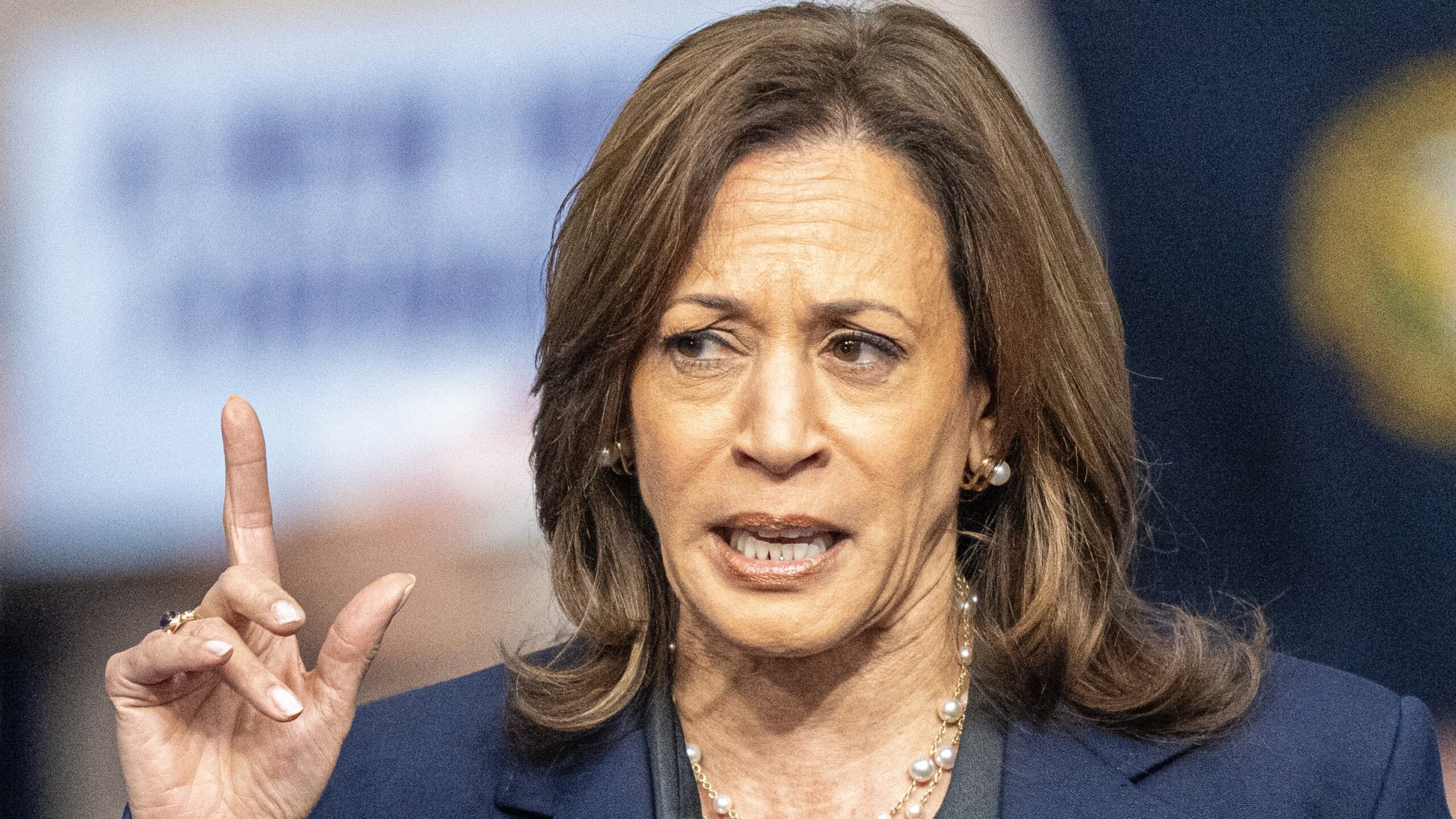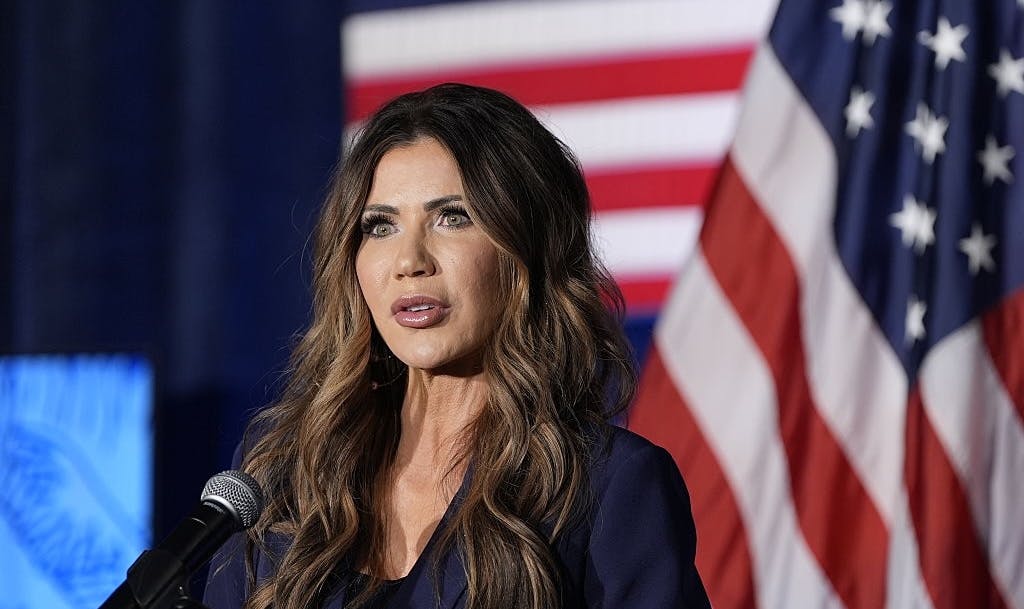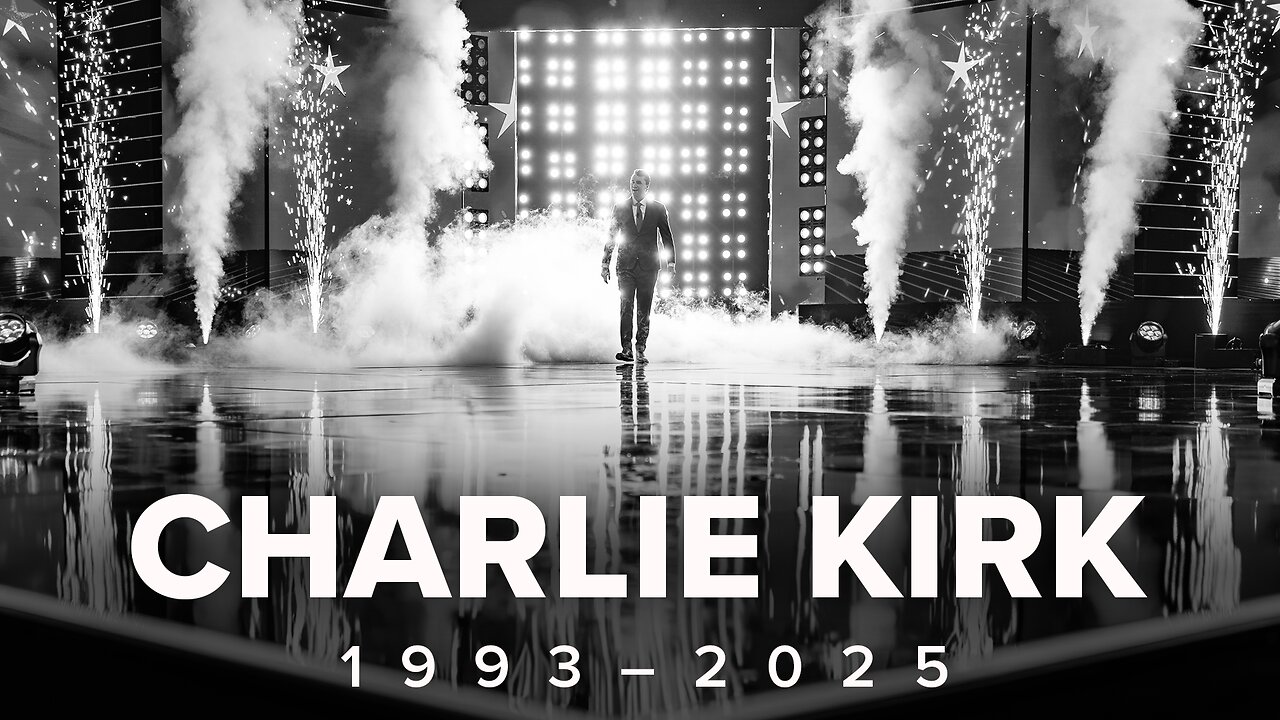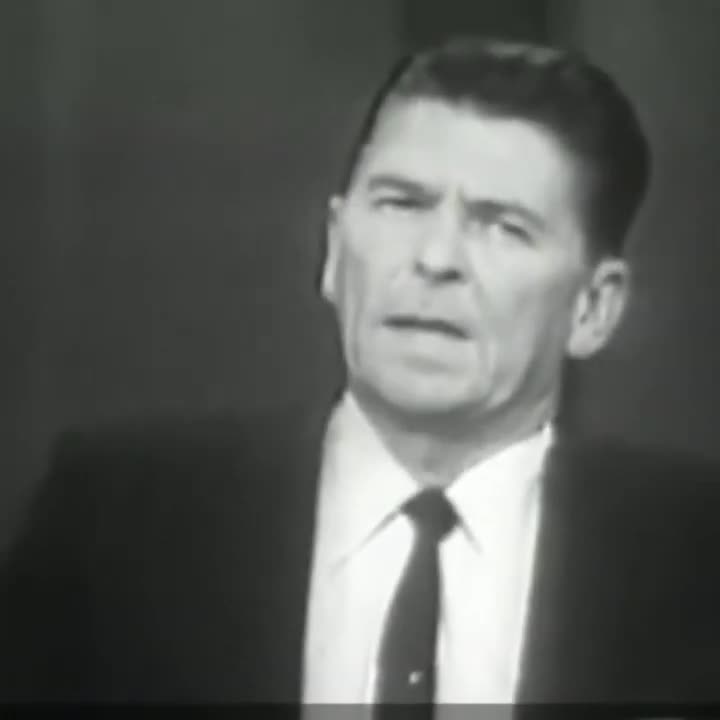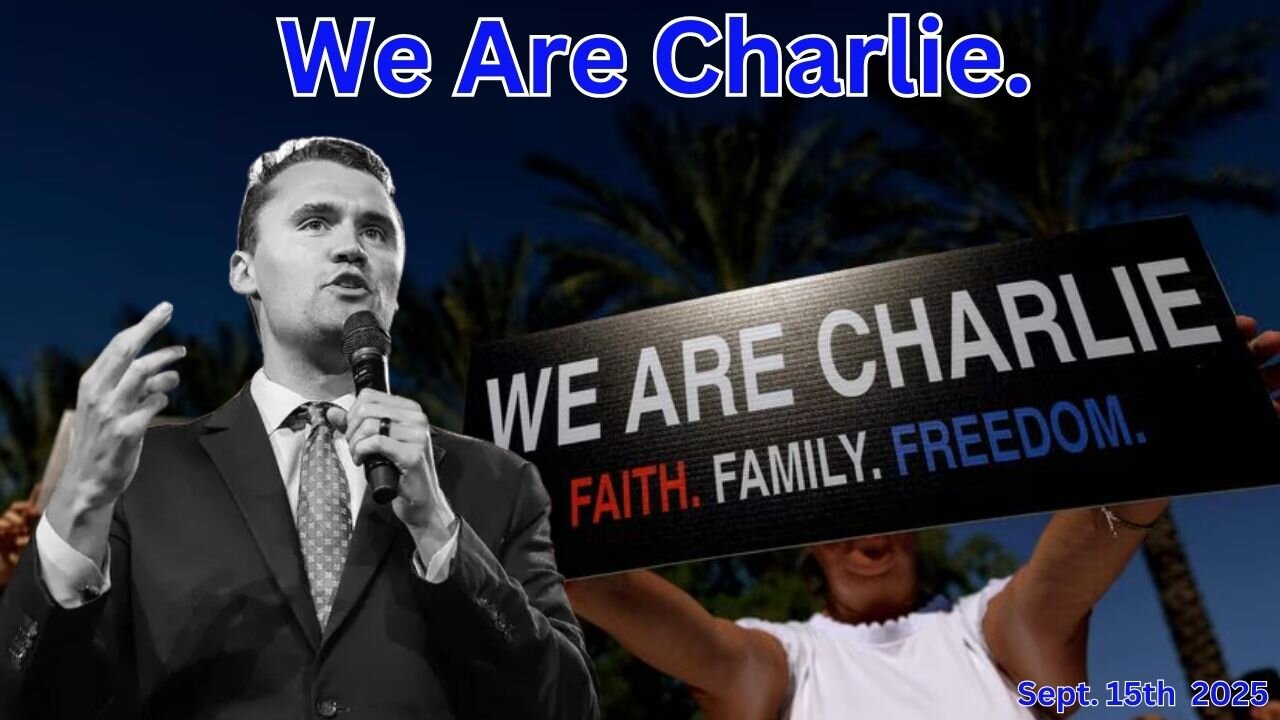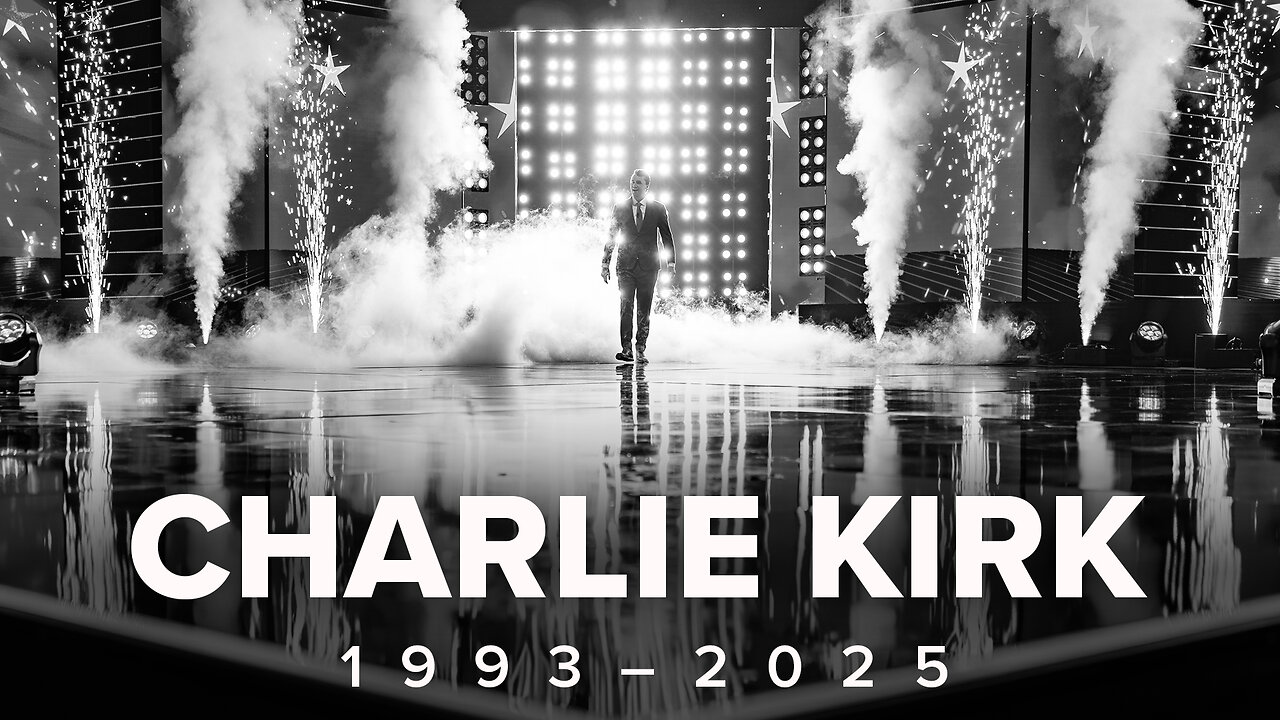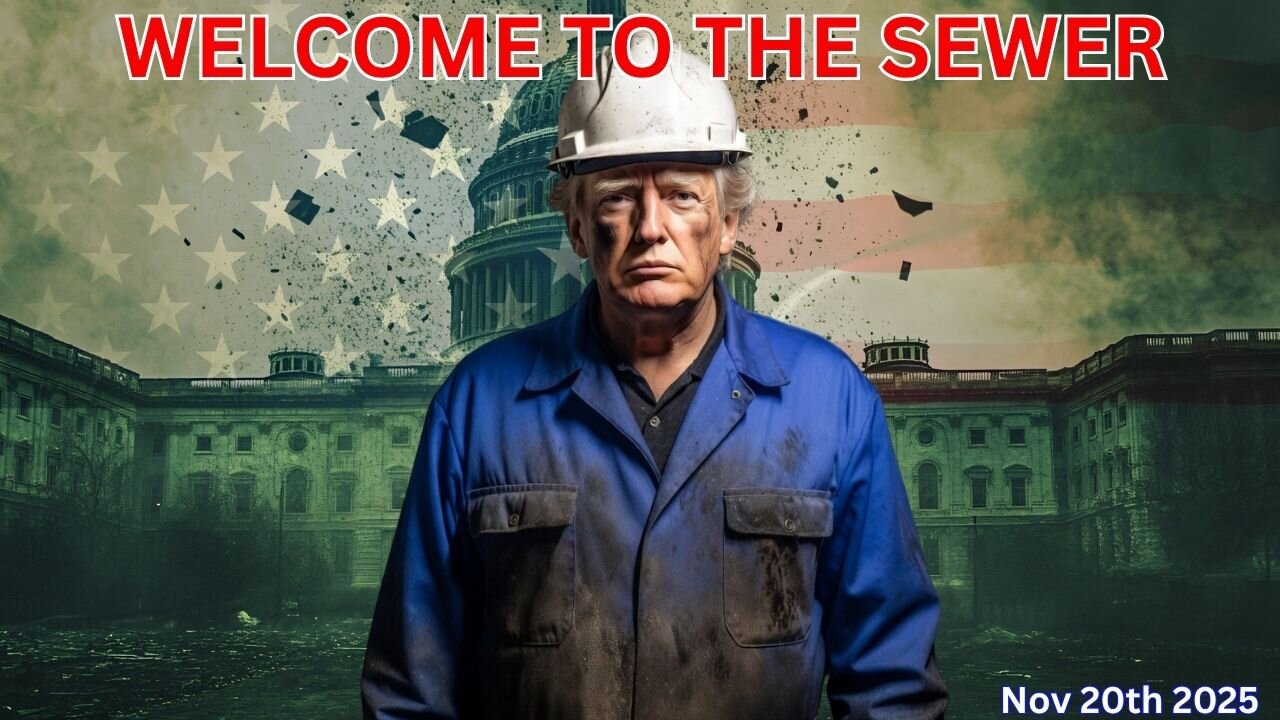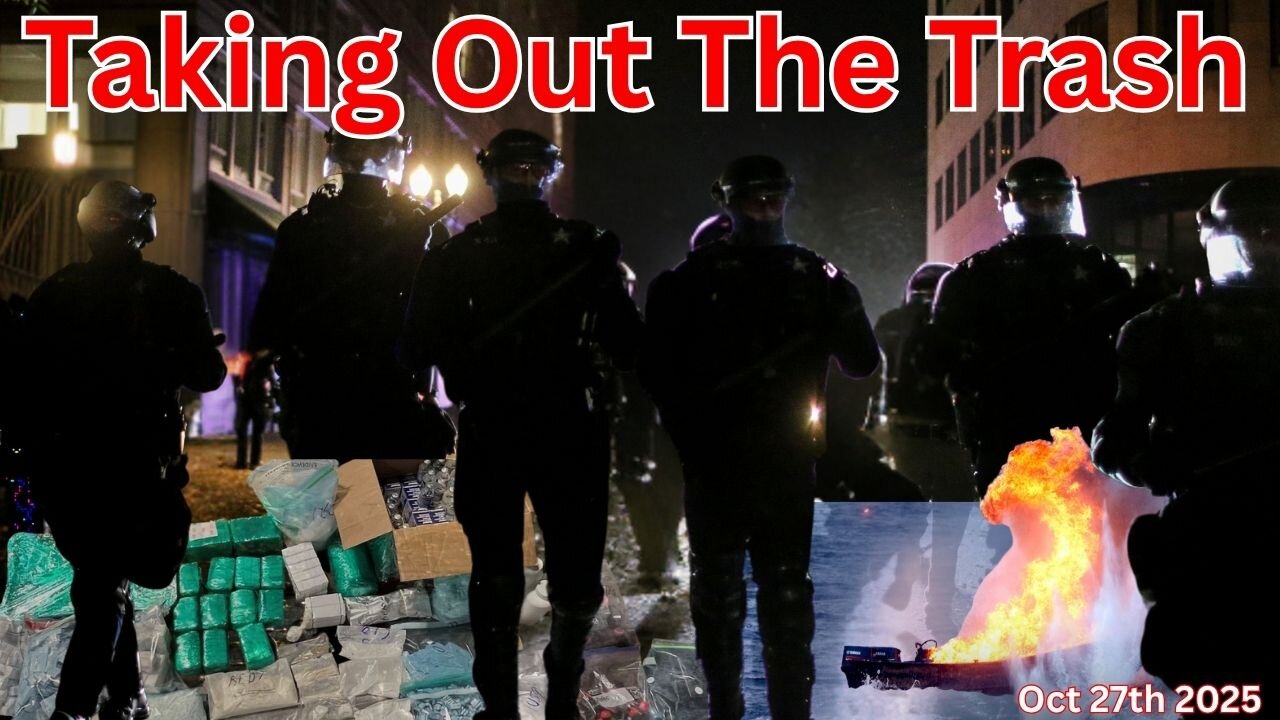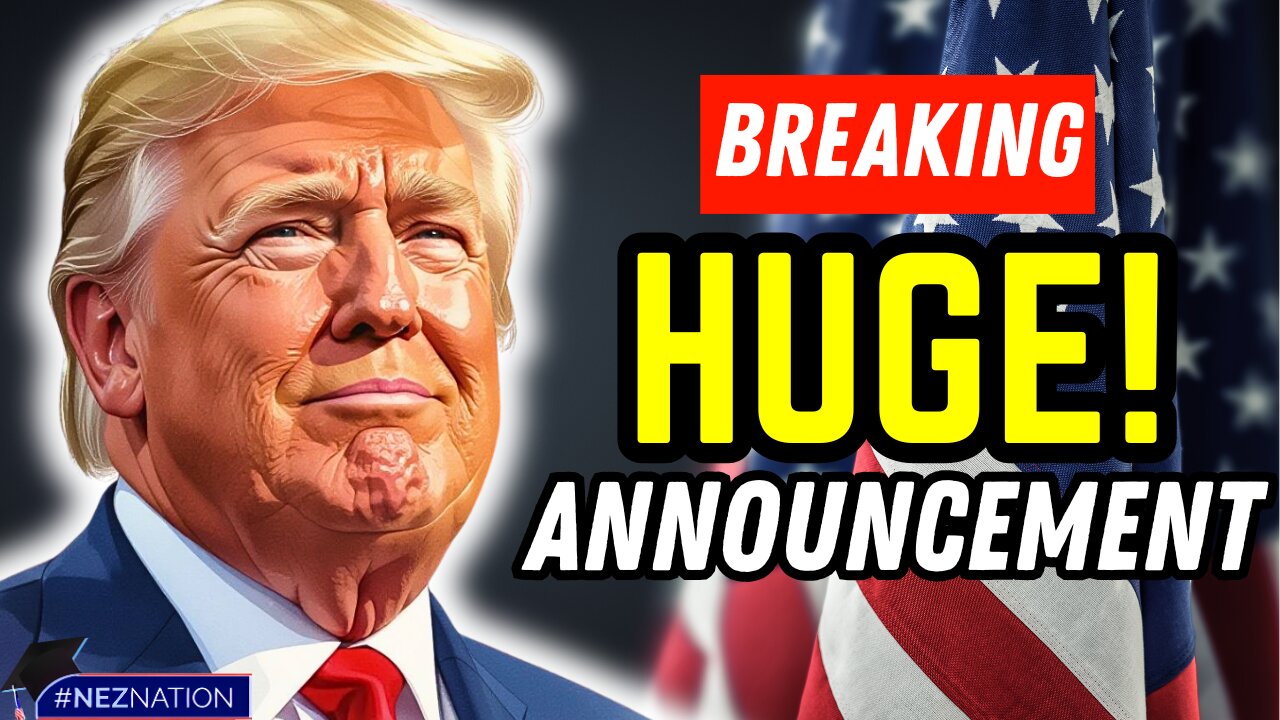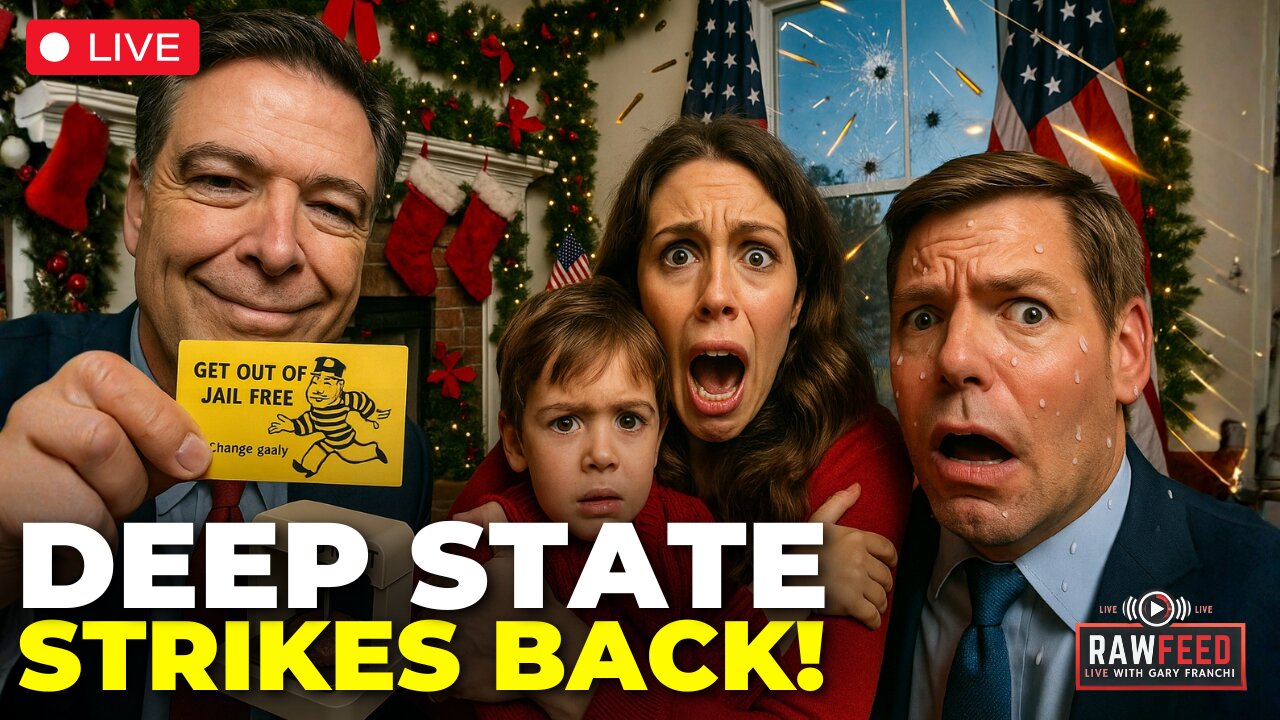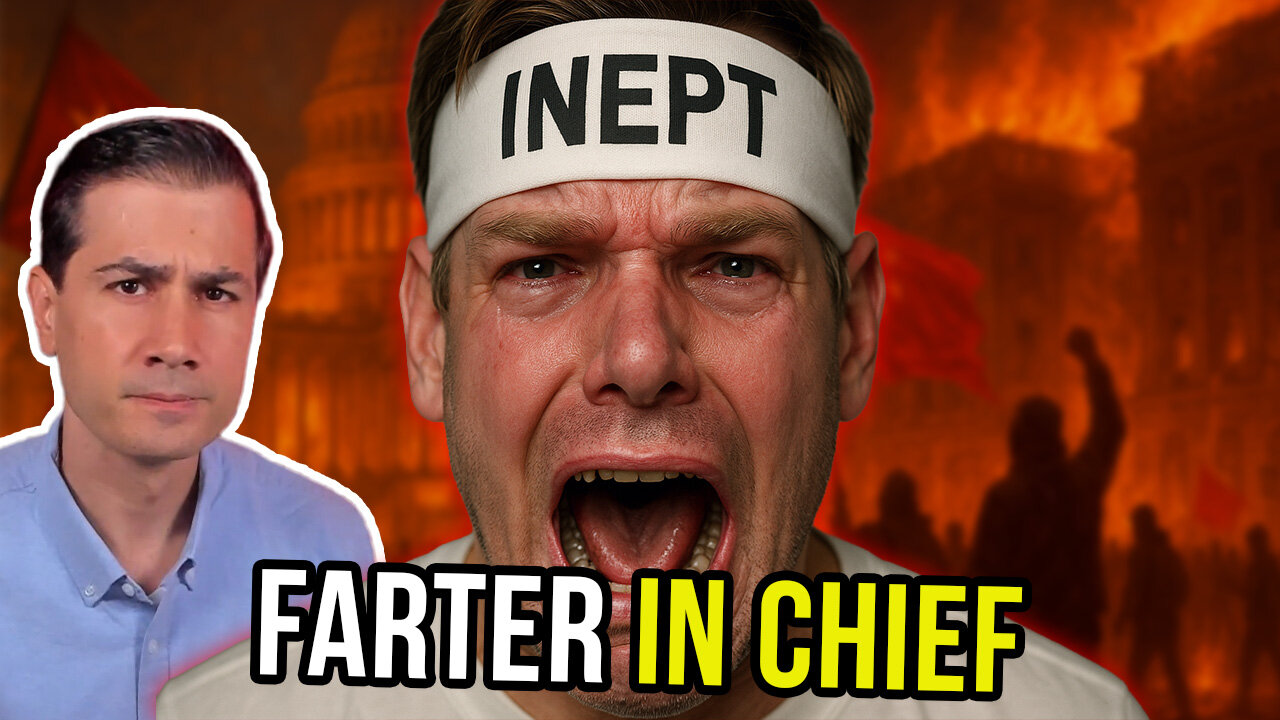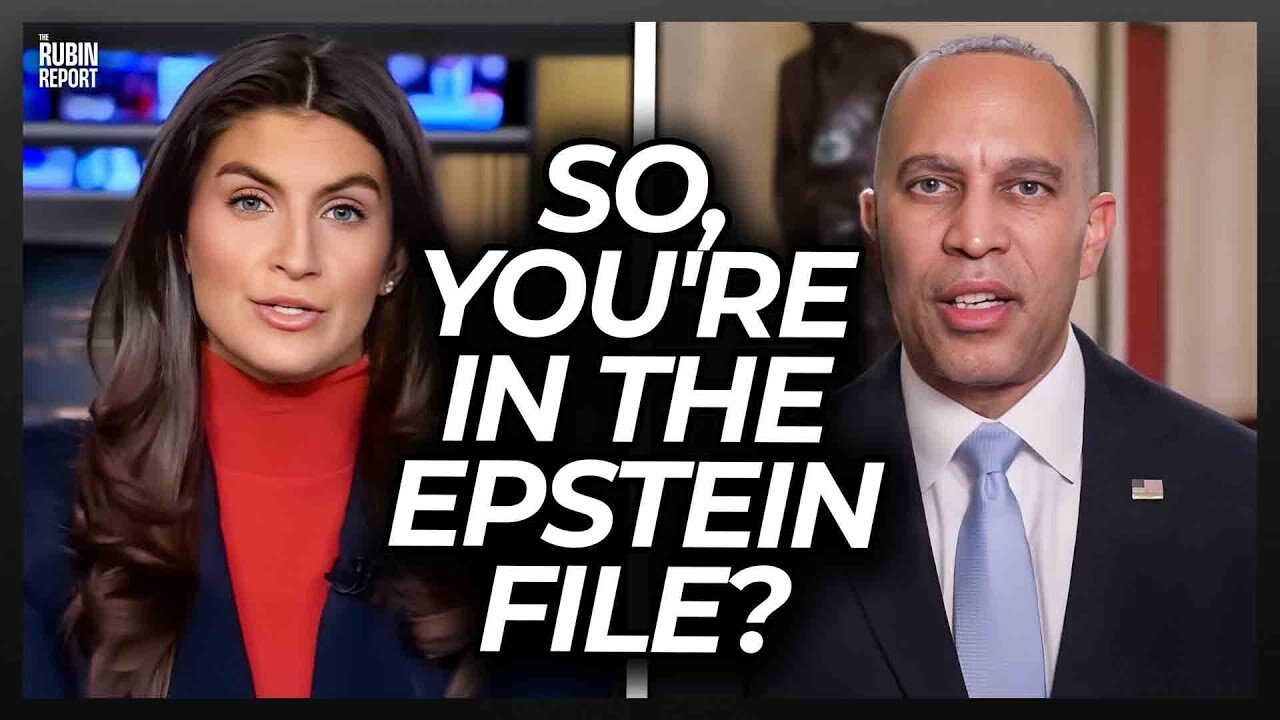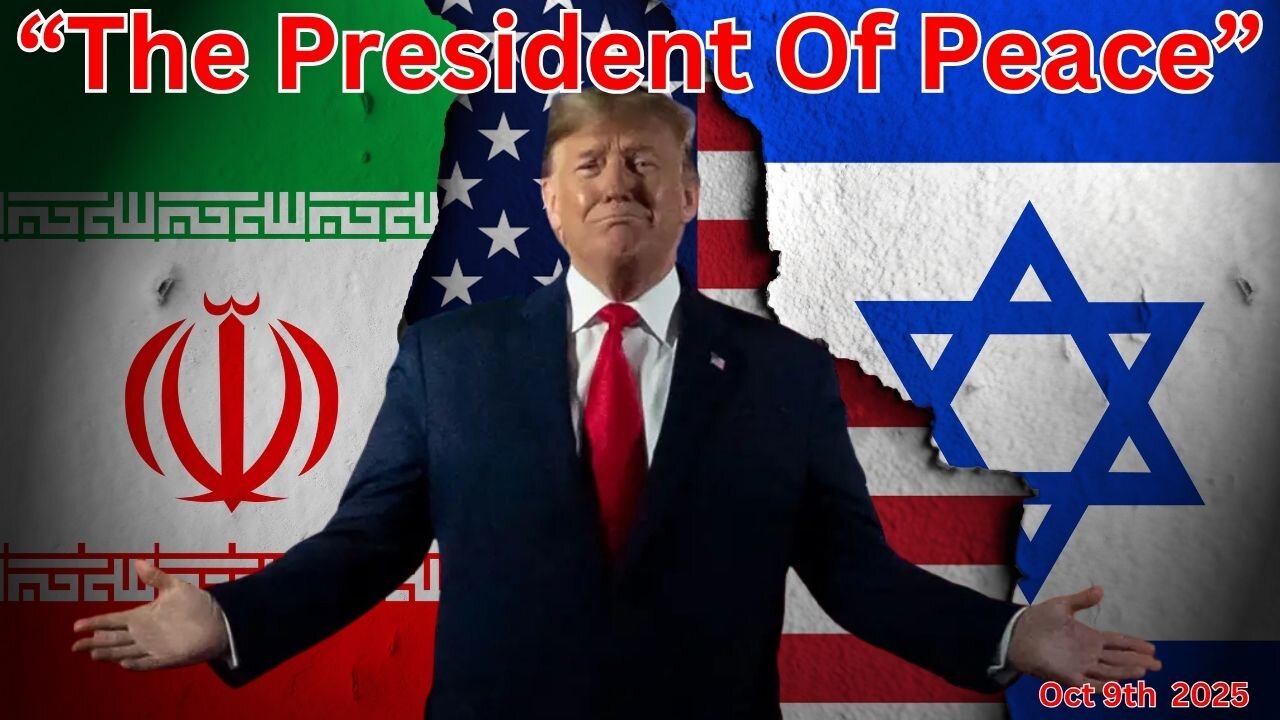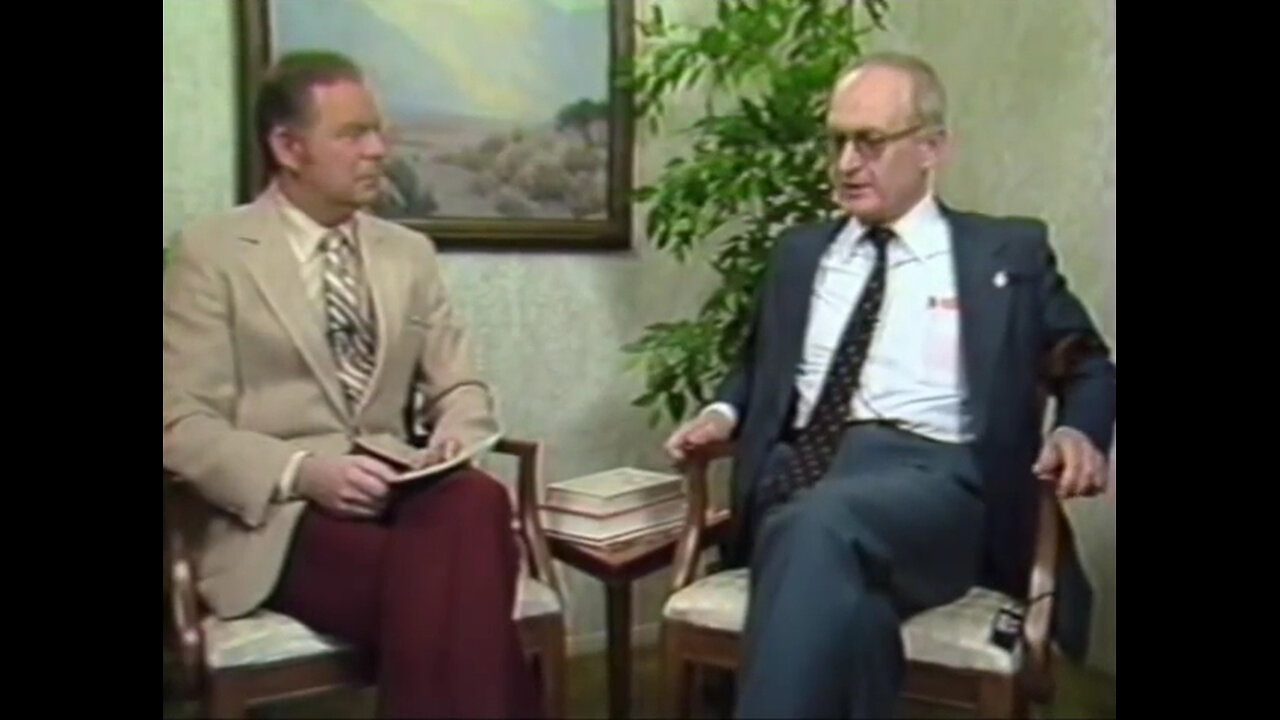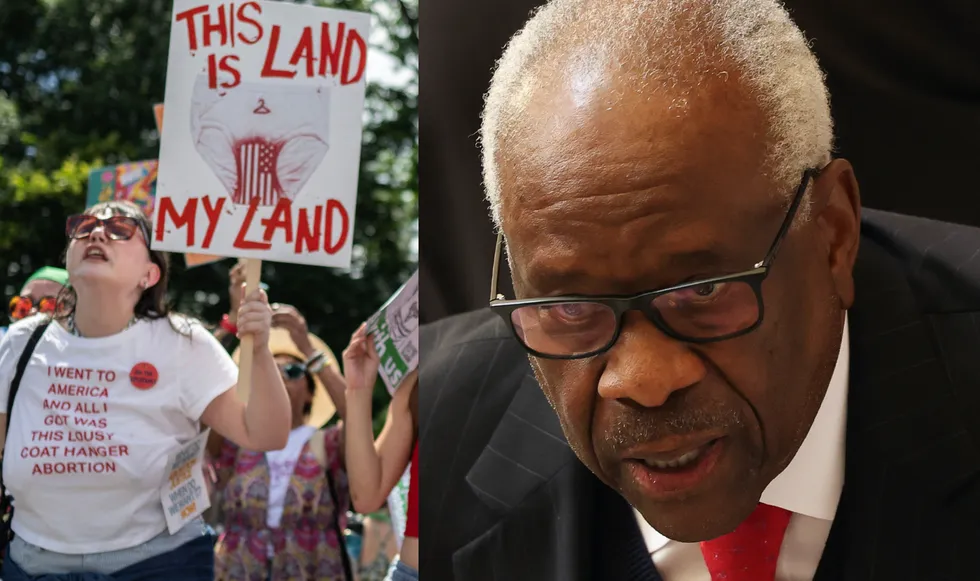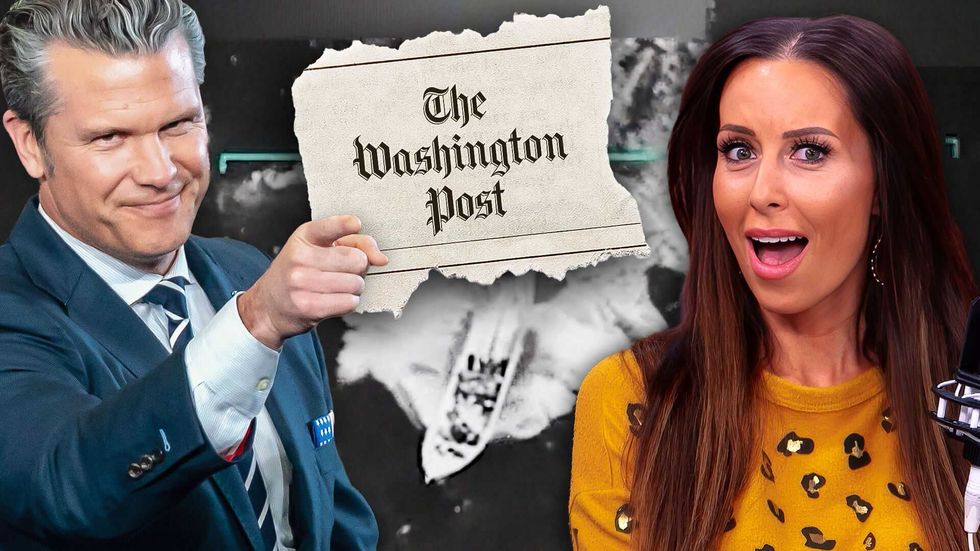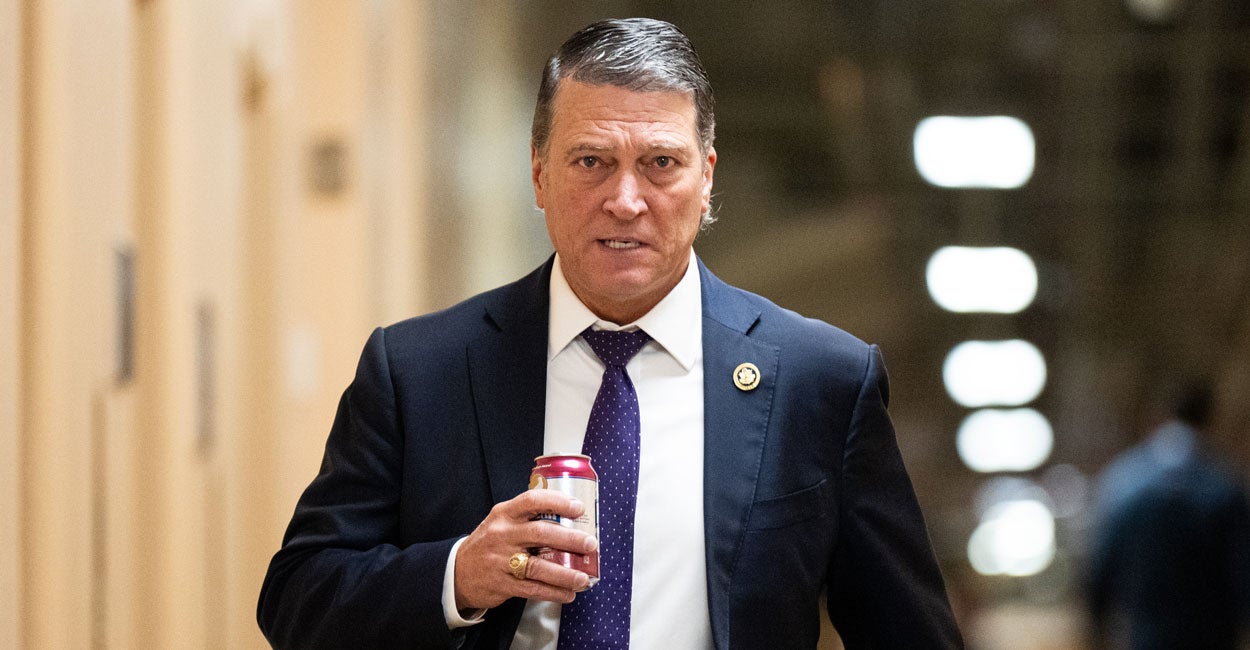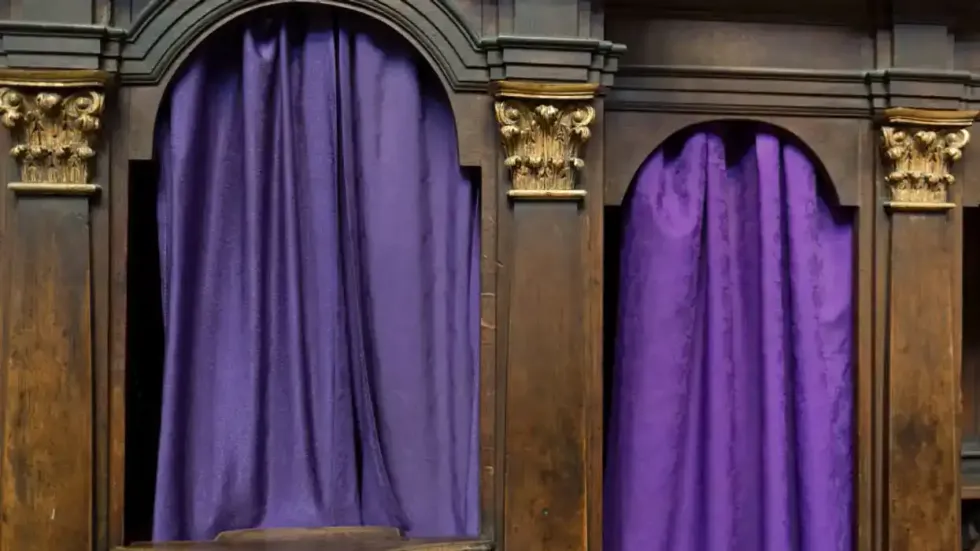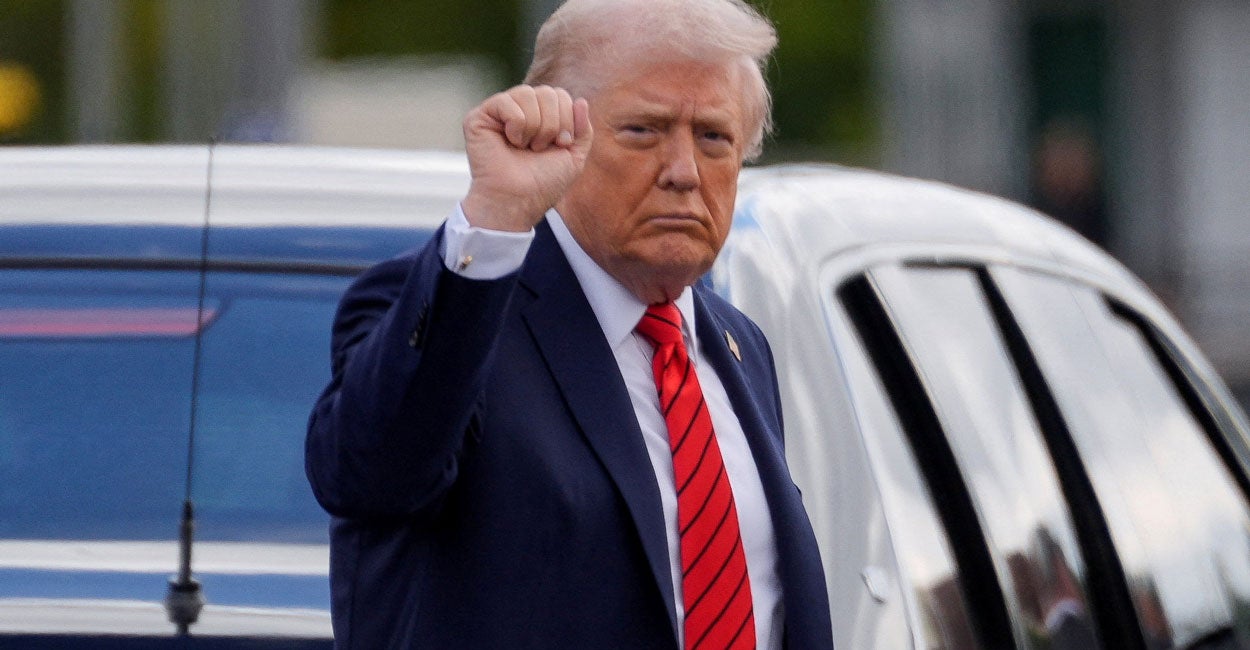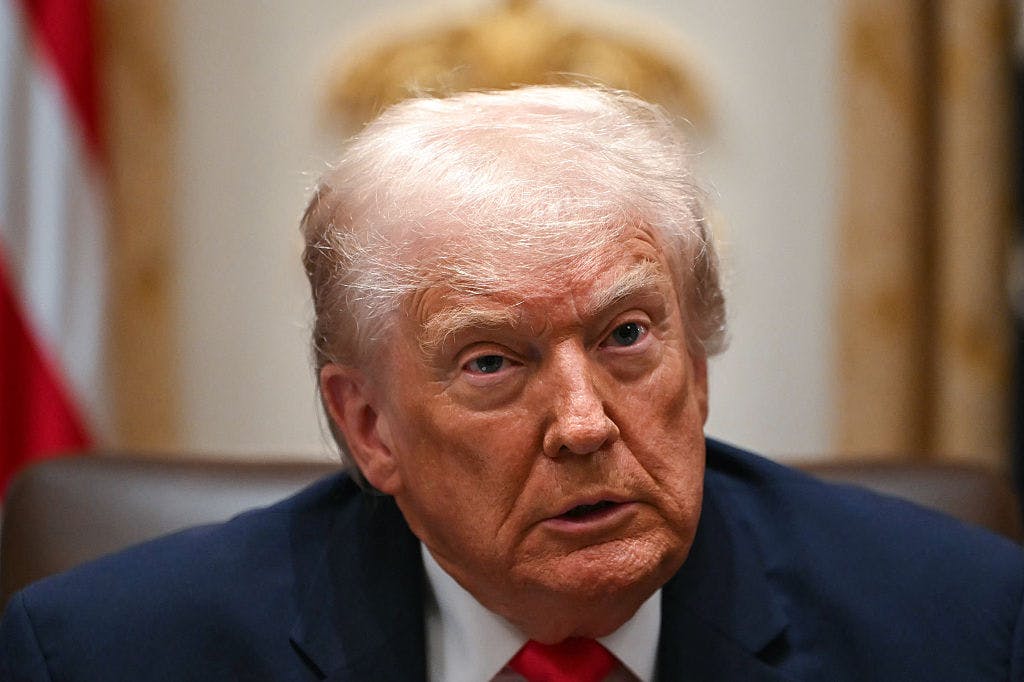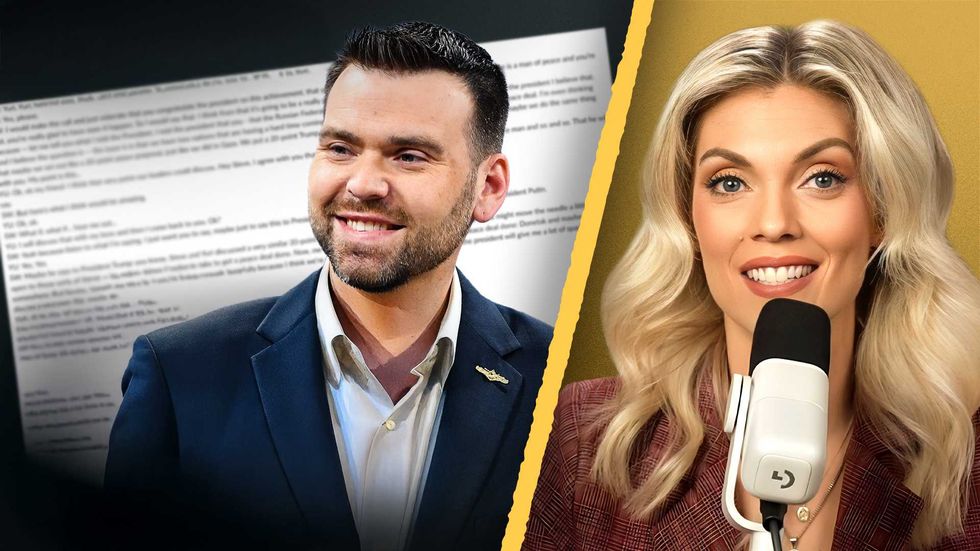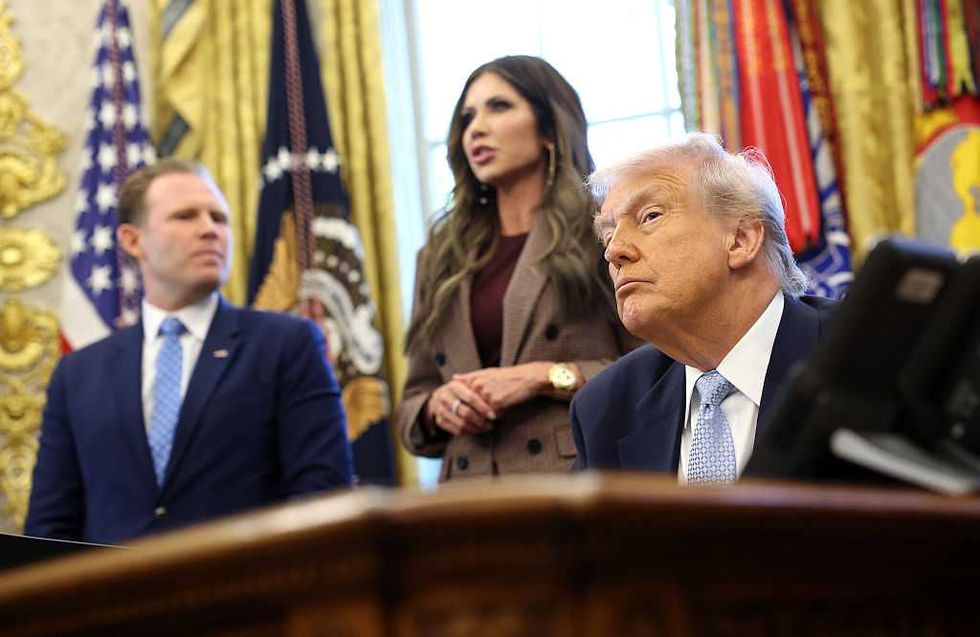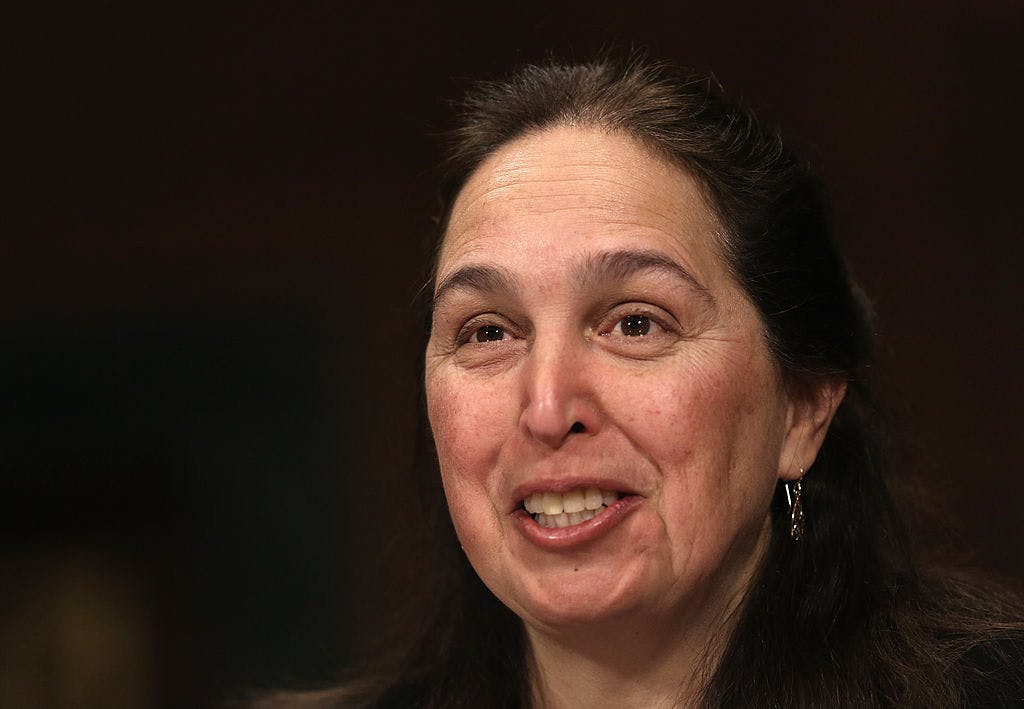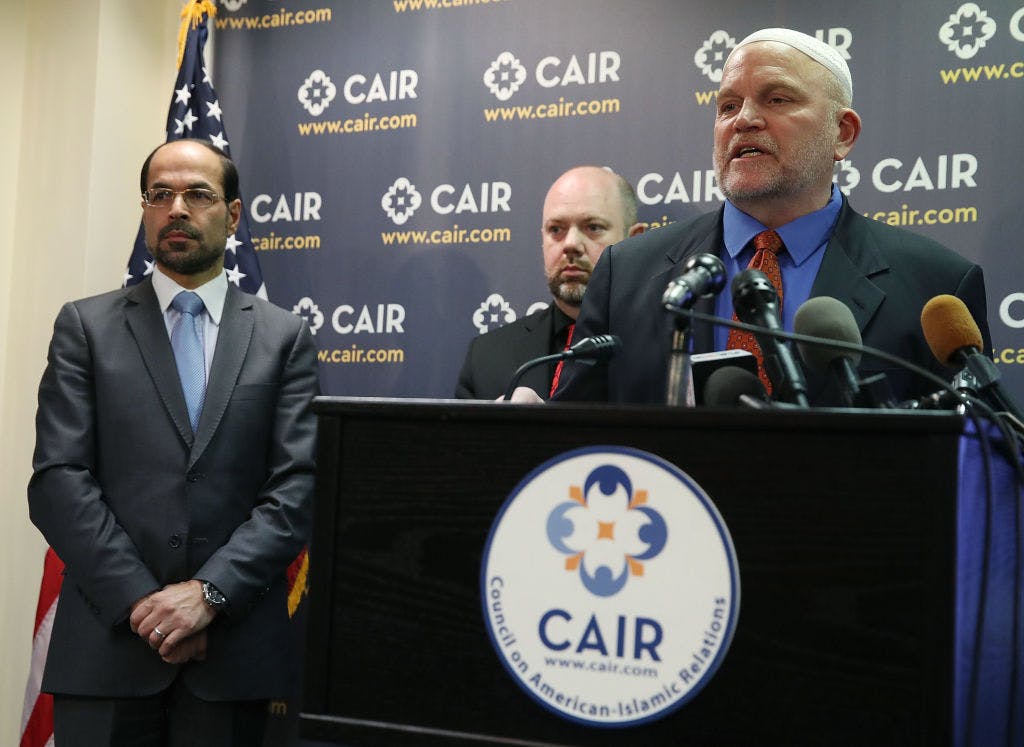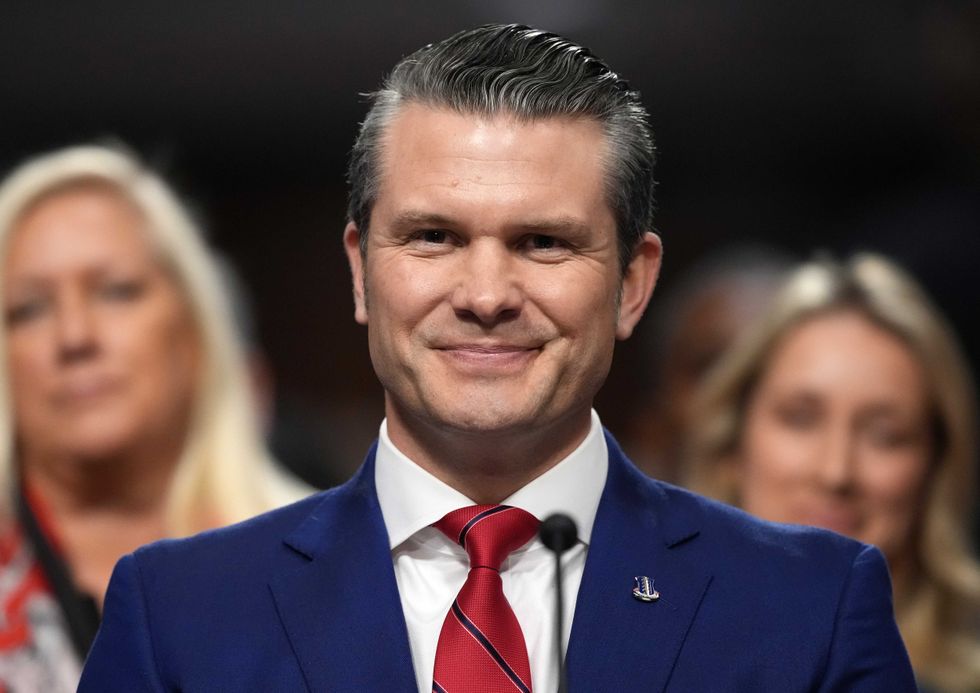Grounded by Bureaucracy: Trump’s Chance to Ditch the Feds, Commercialize the Skies
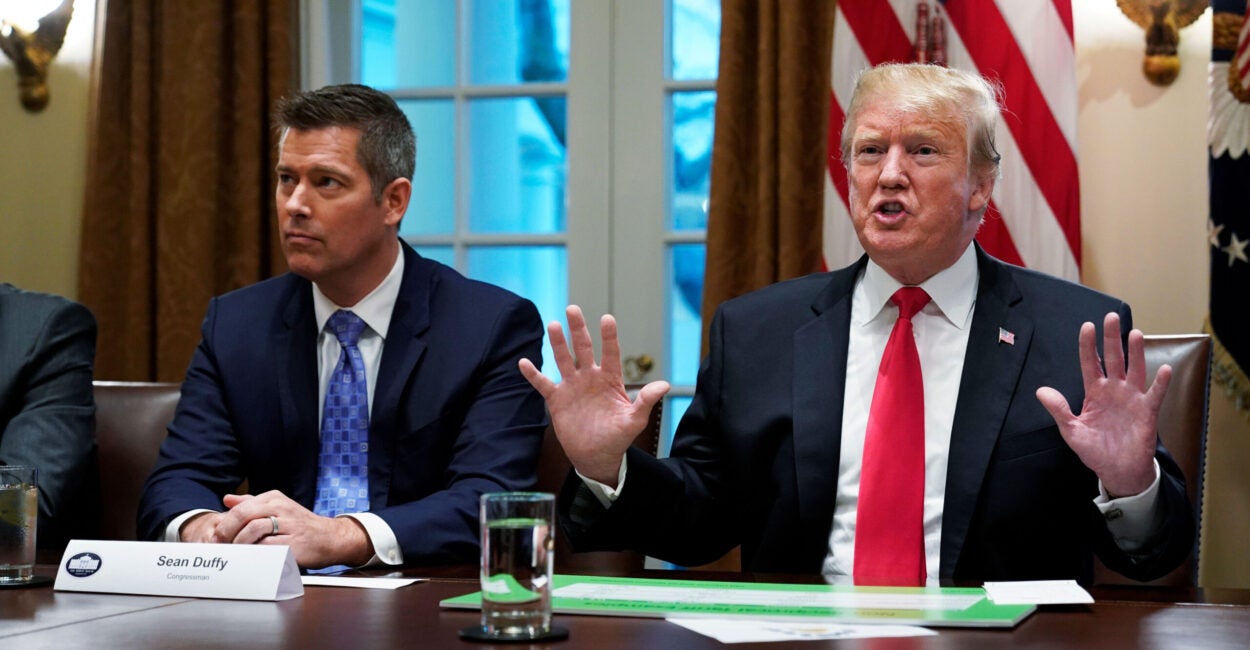
Air travel in America isn’t great—and that’s putting it lightly. Our nation’s antiquated air traffic control systems cost Americans tens of billions of dollars annually.
That includes tens of thousands of years of lost time annually due to flight delays and cancellations, as well as higher prices caused by preventable limits on the supply of flights.
But lost money isn’t the only consequence of our antiquated system: Failing infrastructure is leading to communication outages that risk passenger safety.
Transportation Secretary Sean Duffy has rightly called for a complete overhaul of the system, asking for tens of billions of dollars in new taxpayer funding to that end. In his words, the current system “is not worth saving.”
But instead of relying on the already debt-ridden federal government to finance an air traffic overhaul and on the innately inefficient federal bureaucracy to oversee it, the Trump administration should take the opportunity to permanently transform America’s air traffic control system through commercialization.
If there’s anything the Department of Government Efficiency, or DOGE, taught us, it’s that modernization and efficiency are enigmas to the federal government.
Take the federal government’s caveman-like process of federal employee retirements, whereby more than 700 federal employees sort through manila envelopes and cardboard boxes 230 feet below ground in a limestone mine in Pennsylvania, working to manually process about 10,000 retirement applications per month—something that a modern, digitized system could accomplish in days with a fraction of the manpower.
Or the fact that many government information technology systems rely on a spaghetti code system (COBOL) that is more than a half century old, doesn’t jive with modern digital interfaces, and is highly prone to failure.
It may seem tempting for the Trump administration to use its business acumen to modernize America’s air traffic control systems. But that process would take years, extending beyond President Donald Trump’s second term—meaning the success or failure of modernization would depend on the whims of future executive leadership and future congressional appropriations.
In 2017, the first Trump administration embarked on an ambitious IT modernization plan for the Social Security Administration, aiming to make it “an agile, 21st century enterprise.” However, DOGE recently found that many of the administration’s actions had been abandoned: IT systems had largely not been updated, and more than 12.3 million individuals over age 120 remained in the Social Security database.
Air travel, and, by extension, air traffic control, is too important to leave to politicians and bureaucrats.
In 1996, Canada acknowledged this much, moving to commercialize its air traffic control system. Now, it now has a far more advanced system than the U.S.—with one-third lower costs.
As transportation expert Robert Poole wrote in an open letter to DOGE on air traffic control:
Long-time observers of U.S. air traffic control shortcomings refer to our ATO [Air Traffic Organization] as ‘a would-be high-tech service business trapped in a cautious bureaucracy.’ It cannot afford to hire and keep top-quality engineers, software developers, and program managers, so it has become captive of large aerospace companies that define each new system’s requirements and produce new systems with extraneous bells and whistles, at enormous cost. And because [the Federal Aviation Administration] and its [Air Traffic Organization] rely on annual funding from Congress, new systems get produced in small batches over a decade or more, with the last recipients not getting equipped before the system’s technology may already be obsolete.
Converting America’s air traffic control to a user-funded system has received long-standing, bipartisan support since the Clinton administration.
In 2018, the House Transportation and Infrastructure Committee voted in favor of legislation to convert the Air Traffic Organization into a user-funded nonprofit corporation. Trump supported that legislation and provided principles for reform that indicated a need for even further improvement.
Today, the Trump administration can set in motion plans for more agile and efficient air traffic control. But as long as the federal government insists on being in the business of air travel, the future of air traffic control—including the prices Americans pay to fly, the frequency of delays and cancellations, and the safety of air travel—will remain in the hands of politicians and bureaucrats.
Only by commercializing America’s air traffic control system can policymakers give American passengers and businesses more control over the safety, quality, and price of air travel.
The post Grounded by Bureaucracy: Trump’s Chance to Ditch the Feds, Commercialize the Skies appeared first on The Daily Signal.
Originally Published at Daily Wire, Daily Signal, or The Blaze
What's Your Reaction?
 Like
0
Like
0
 Dislike
0
Dislike
0
 Love
0
Love
0
 Funny
0
Funny
0
 Angry
0
Angry
0
 Sad
0
Sad
0
 Wow
0
Wow
0


